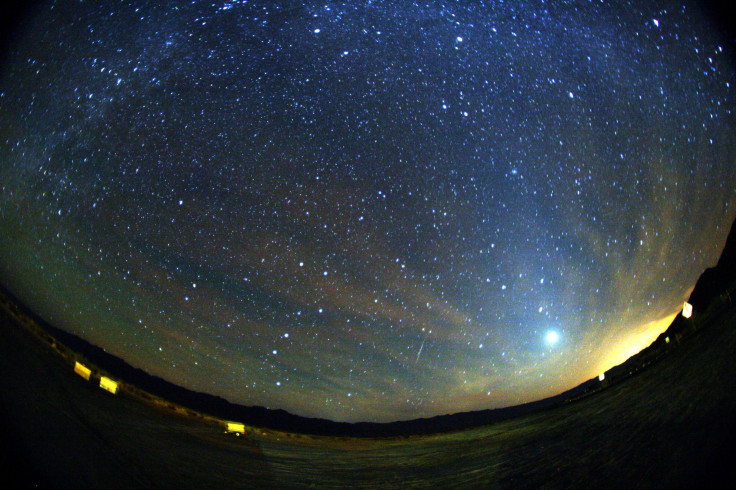Delta Meteor Shower 2016 Live Stream: When And How To Watch Online [PHOTOS]

The second to last major meteor shower of the summer season is set to dazzle the skies this week, with the most notable and visible bright streaks of the Delta Aquarids arriving Thursday and Friday evening. The annual show should be a bit better than usual this year, too, since the moon will be approaching its third quarter waning phase, making the sky just a little bit darker than other years when the meteor showers have peaked.
For space fans in the northern hemisphere, or near the northern hemisphere, the spectacle can be seen from about midnight until dusk. A live stream of the show for those who have to stay indoors or are in a bright big city and can’t find a ride to the countryside can be found right here .
If you’re interested but want to find out a little more before you stare at the sky for hours, read on.

What Are They?
NASA describes the Delta Aquarids as follows: “The Delta Aquarids (Southern Delta Aquarids) are a meteor shower that occurs each year from mid-July to mid-August. The shower results when Earth passes through the debris fields left by two sungrazing comets, Marsden and Kracht, that broke apart in space. The meteor shower gets its name because the radiant appears to originate near Delta Aquarii, one of the brightest stars in the constellation Aquarius.”
How Can I Watch Them?
The best course of action is to find a dark place with a clear view of the sky. Trees and buildings obstructing your view will make it difficult to take in the full spectacle and light will drown out the tiny bright streaks in the sky. If you’re in a city it’s advisable to head out and away from those bright lights and skyscrapers.
Are The Deltas The Last Major Meteor Shower Of The Season?
Nope, if you miss the Deltas you still have one more chance to enjoy meteors this summer (and the best is yet to come). The annual Perseid meteor showers , the most spectacular of them all, will peak in August and the rate of meteors is expected to double its normal rate.
© Copyright IBTimes 2024. All rights reserved.












